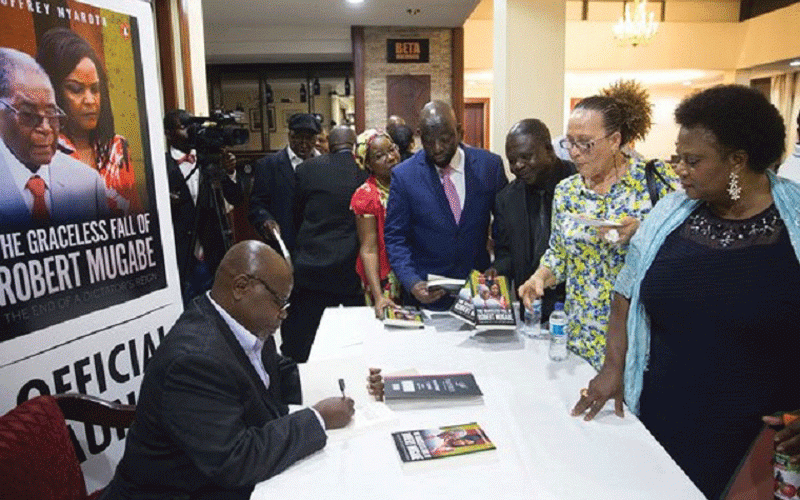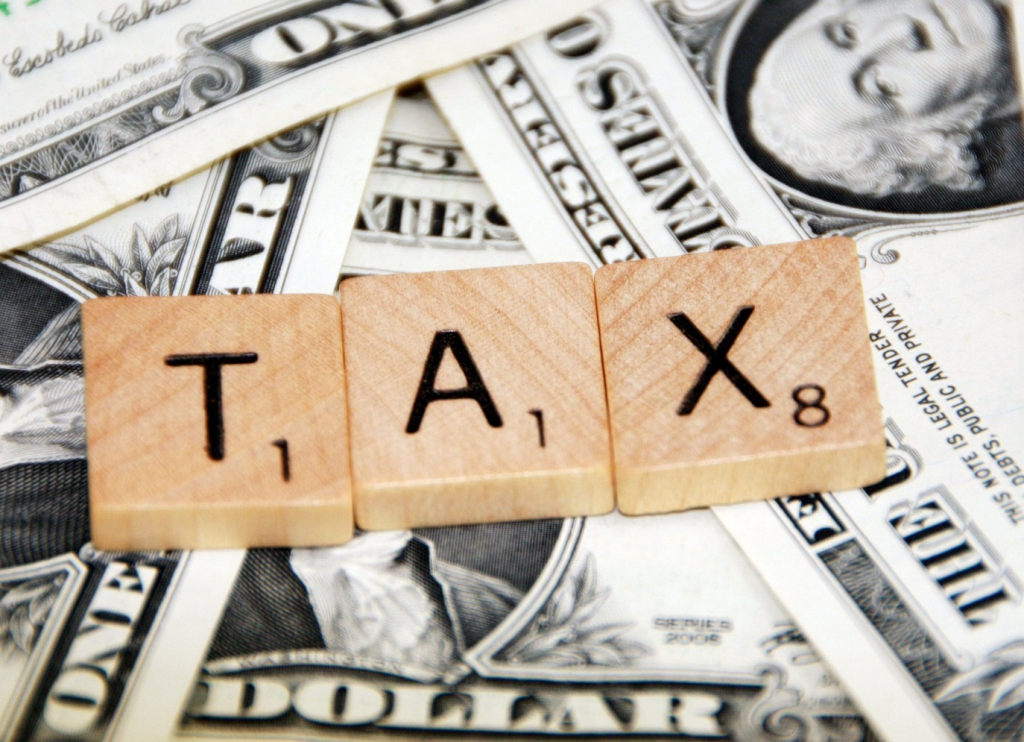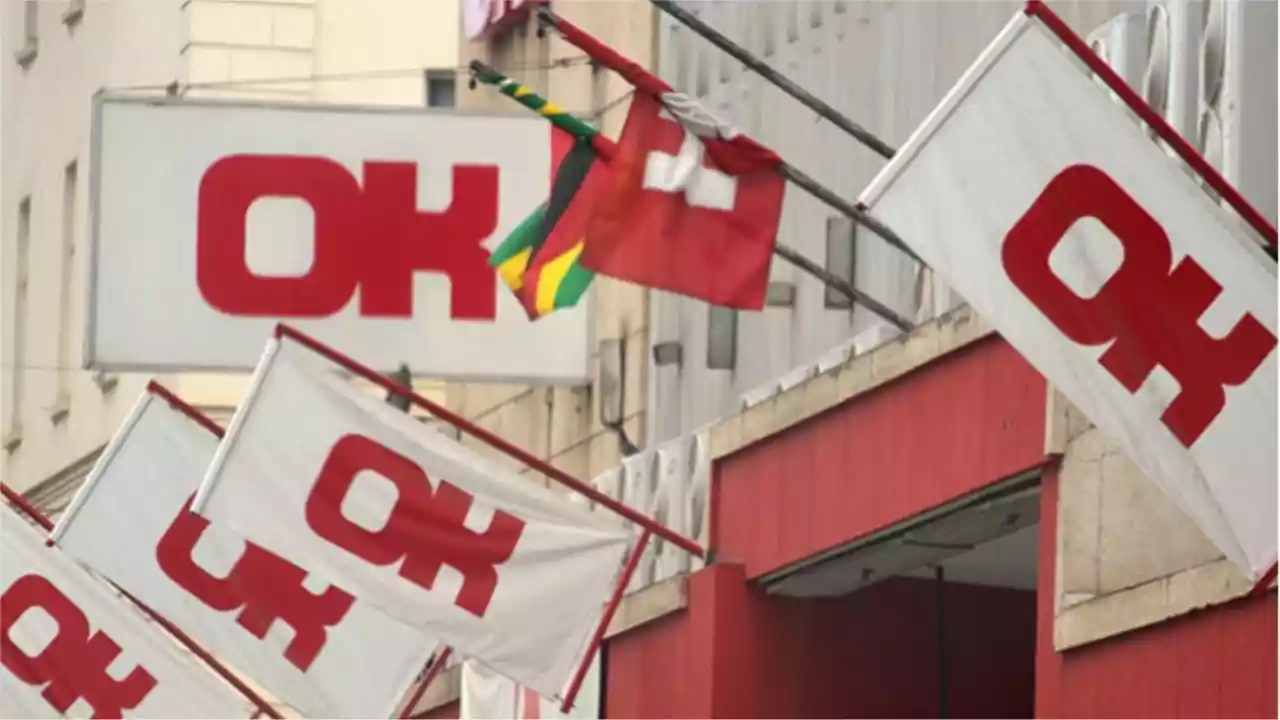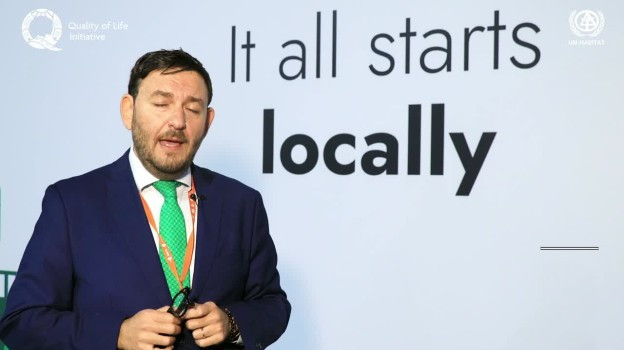
A RECENT conversation with a European acquaintance, who claimed “there’s nothing like inequality gaps in our society anymore” lingered in my mind as I walked through my Harare neighbourhood the next morning.
The scene that unfolded before me presented a stark contradiction to this assertion. A well-dressed father escorted his children to school, their crisp uniforms and sturdy backpacks contrasting sharply with another group of children walking alone in faded clothes and worn-out shoes.
Minutes later, the rumble of a sleek SUV carrying privileged students to the same destination completed this tableau of disparity.
This moment crystallised the harsh reality of Zimbabwe’s entrenched inequality — a complex web of unequal access to education, healthcare, opportunity, sustained by systemic corruption and economic mismanagement.
Zimbabwe’s current inequality crisis stems from decades of compounding failures.
Once celebrated as Africa’s breadbasket, the nation’s economic collapse began in the early 2000s with a land reform programme that, while attempting to redress colonial-era injustices, became tainted by corruption and poor planning.
Agricultural output plummeted by nearly 80% according to World Bank estimates, triggering a chain reaction of hyperinflation that peaked at 89,7 sextillion percent in 2008.
This economic freefall created an environment where survival became reserved for those with political connections or existing wealth.
- Mayhem as schools reject Zimdollar fees
- Sadc meets over water, energy and food security
- 5 Zim cops off to South Sudan
- TIMB boss in court
Keep Reading
Corruption forms the bedrock of Zimbabwe’s inequality. Transparency International’s 2022 index ranks Zimbabwe 157th globally, scoring 23/100 on corruption perceptions.
This institutionalised graft enables a small elite to siphon an estimated US$2 billion annually from public coffers according to anti-corruption watchdogs, while 74% of citizens survive on less than US$5,50 per day (World Bank 2023).
The consequences manifest in crumbling infrastructure, underfunded hospitals, and schools where students often share single textbooks.
Within the Southern African Development Community (Sadc), Zimbabwe's inequality remains particularly acute.
With a Gini coefficient of 0,50, it surpasses regional neighbours such as Zambia (0,57) and approaches levels seen in South Africa (0,63), the world’s most unequal country.
However, Zimbabwe’s crisis deepens through unique political dynamics — including international sanctions and centralised power structures — that compound economic challenges.
Education disparities reveal inequality’s generational impact. While wealthy families enrol children in private institutions with computer labs and international curricula, rural schools often operate without electricity, running water or even classrooms.
Unicef reports only 20% of rural Zimbabwean children access early education versus 60% in cities. This gap perpetuates poverty cycles, as disadvantaged youth face limited employment prospects in an economy with 85% informal sector employment.
Healthcare inequality proves equally devastating. Public hospitals frequently lack basic medications and equipment, forcing patients to purchase supplies from private pharmacies.
During Covid-19, this divide became lethal — wealthy citizens accessed private testing and oxygen supplies while public facilities turned away critical patients.
Maternal mortality rates underscore this crisis, with wealthy women experiencing 138 deaths per 100 000 births compared to 651 deaths among the poor (ZimStats 2023).
These disparities fuel social fracturing. A 2023 Afrobarometersurvey found 72% of Zimbabweans believe corruption increased recently, while 81% distrust government institutions.
This erodes social cohesion, as citizens perceive national systems serving only the elite.
The resulting cynicism undermines development efforts, creating self-reinforcing cycles of disengagement and graft.
Addressing Zimbabwe’s inequality requires comprehensive reforms targeting both symptoms and root causes.
First, anti-corruption efforts must transition from rhetoric to action. This demands empowering independent oversight institutions like the Zimbabwe Anti-Corruption Commission (Zacc) with real prosecutorial authority.
High-profile asset recovery cases, particularly targeting politically exposed persons, could demonstrate renewed commitment.
Regional examples such as Botswana’s Directorate on Corruption and Economic Crime (DCEC), which recovers an average of US$50 million annually, offer proven models.
Educational equity requires targeted investment and policy innovation. Prioritising rural school construction, while implementing conditional cash transfers for low-income students could improve access.
Mozambique’s school feeding programmes, shown to increase attendance by 40% in marginalised communities, provide actionable templates.
Simultaneously, curriculum reforms emphasising digital literacy and vocational training could better align education with labour market needs.
Healthcare system rehabilitation demands both increased funding and improved governance.
Allocating mining royalties to healthcare infrastructure, as done in Botswana’s diamond sector, could generate sustainable financing.
Mobile clinics serving remote areas, paired with telemedicine initiatives, would expand access. Rwanda’s community-based health insurance system, covering 90% of citizens, demonstrates how innovative financing can bridge care gaps.
Economic reforms must prioritise inclusive growth through SME support and agricultural revitalisation. Establishing credit guarantee schemes for women-owned businesses and youth entrepreneurs could stimulate job creation.
Malawi’s National Economic Empowerment Fund, which disburses low-interest loans to vulnerable groups, offers transferable lessons.
In agriculture, combining land audits with comprehensive support for smallholder farmers — including access to drought-resistant seeds and modern irrigation techniques — could restore productivity while addressing historical inequities.
Regional cooperation presents untapped potential for progress. Learning from Namibia’s communal land tenure system could inform Zimbabwe’s land reform efforts.
South Africa’s progressive taxation model, which funds social grants for 46% of its population, illustrates wealth redistribution mechanisms. Joint Sadc initiatives on cross-border tax evasion and illicit financial flows could recover vital resources currently lost to offshore havens.
The contrasting schoolchildren I observed that Harare morning embody Zimbabwe's central challenge — building a society where one’s birth does not predetermined life trajectory. While daunting, Botswana’s transformation from among Africa’s poorest nations to an upper-middle-income economy within two generations proves such change is possible.
It requires courageous leadership, international cooperation, and sustained civic engagement. Confronting corruption, reimagining social investments, and harnessing regional wisdom, Zimbabwe can begin dismantling structural inequities.
The cost of inaction — measured in lost potential and persistent suffering — remains too grave to accept. As citizens and global neighbours, we must demand and contribute to solutions ensuring every Zimbabwean child can walk to school with dignity, regardless of their parent’s wealth or status.
Until then, let us keep spreading positivity (#spreadpositivity). We were here, becoming better, making our mark, and leaving our footprint as we make the world a better place!
- Chirenje writes in her capacity as a citizen of Zimbabwe. Follow her on social media for more Lifezone with Grace conversations on Twitter: @graceruvimbo; Facebook: Grace Ruvimbo Chirenje; Instagram: @graceruvimbo; WhatsApp:+263772719650.











